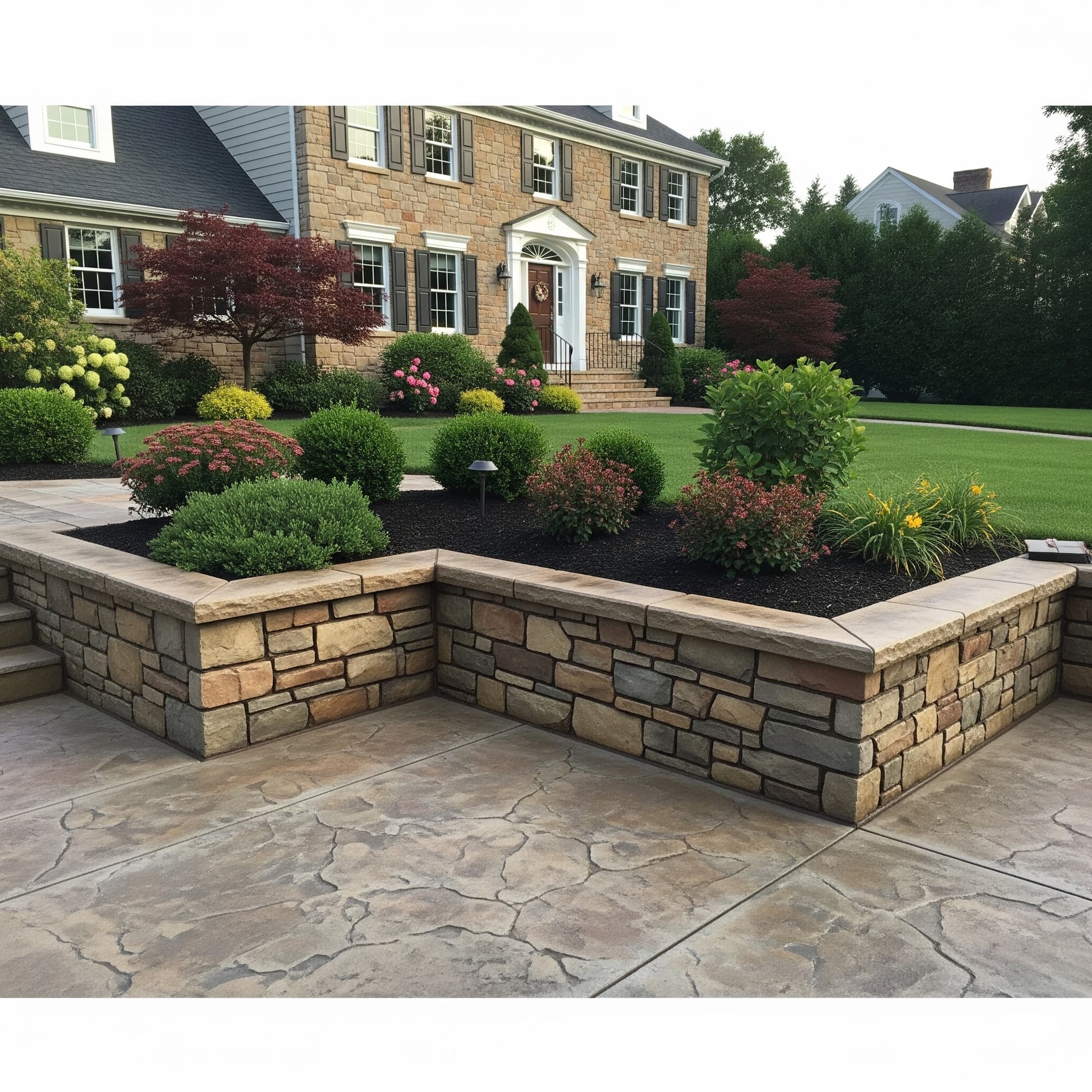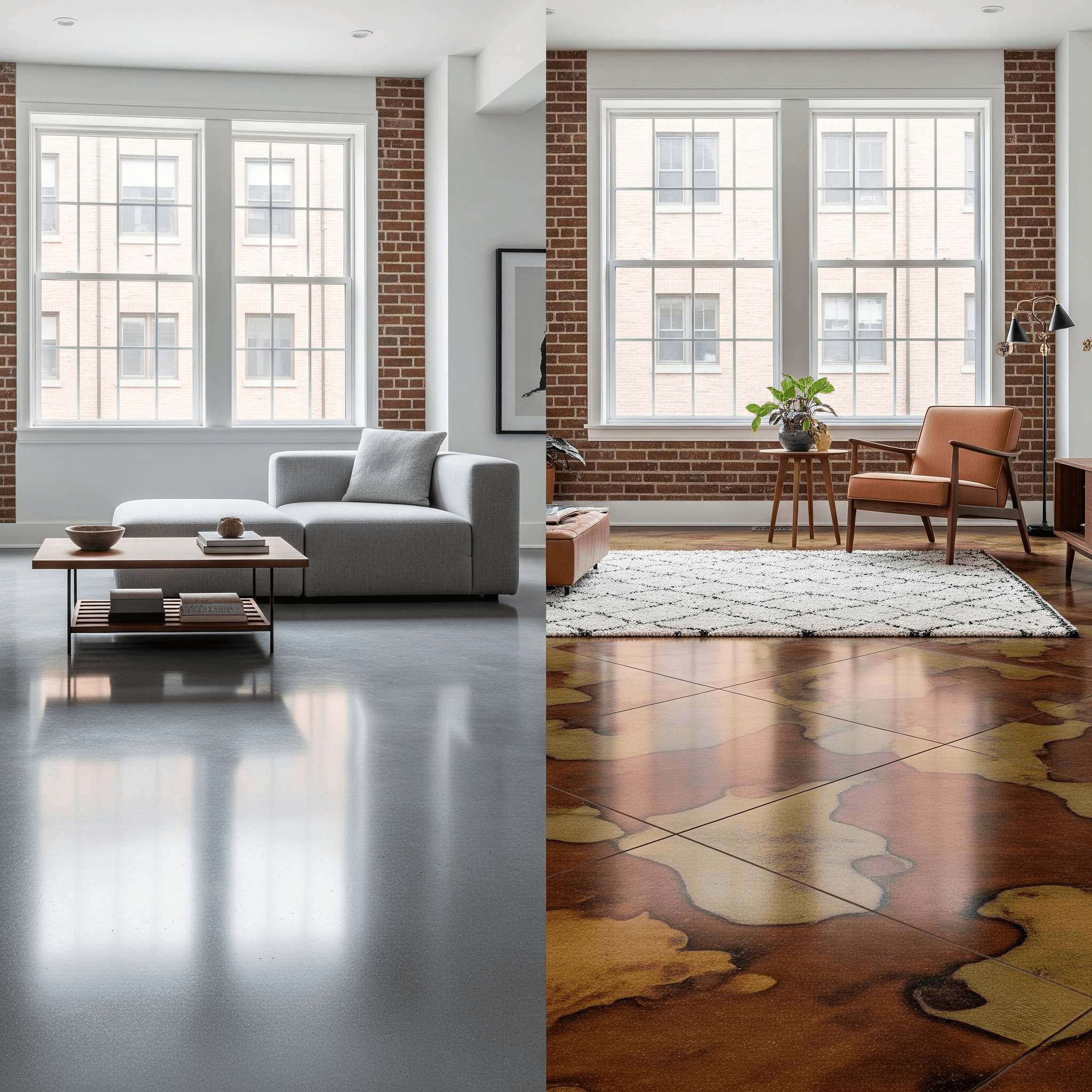
Flatwork Walkways vs. Steps in Bridgeport’s Sloping Yards
Concrete Flatwork
Bridgeport homeowners with sloping yards face a common dilemma when planning outdoor improvements: should they install concrete flatwork walkways or stepped pathways? This decision significantly impacts both functionality and aesthetics, especially in neighborhoods near Seaside Park and the historic Black Rock district where varying terrain creates unique landscaping challenges.
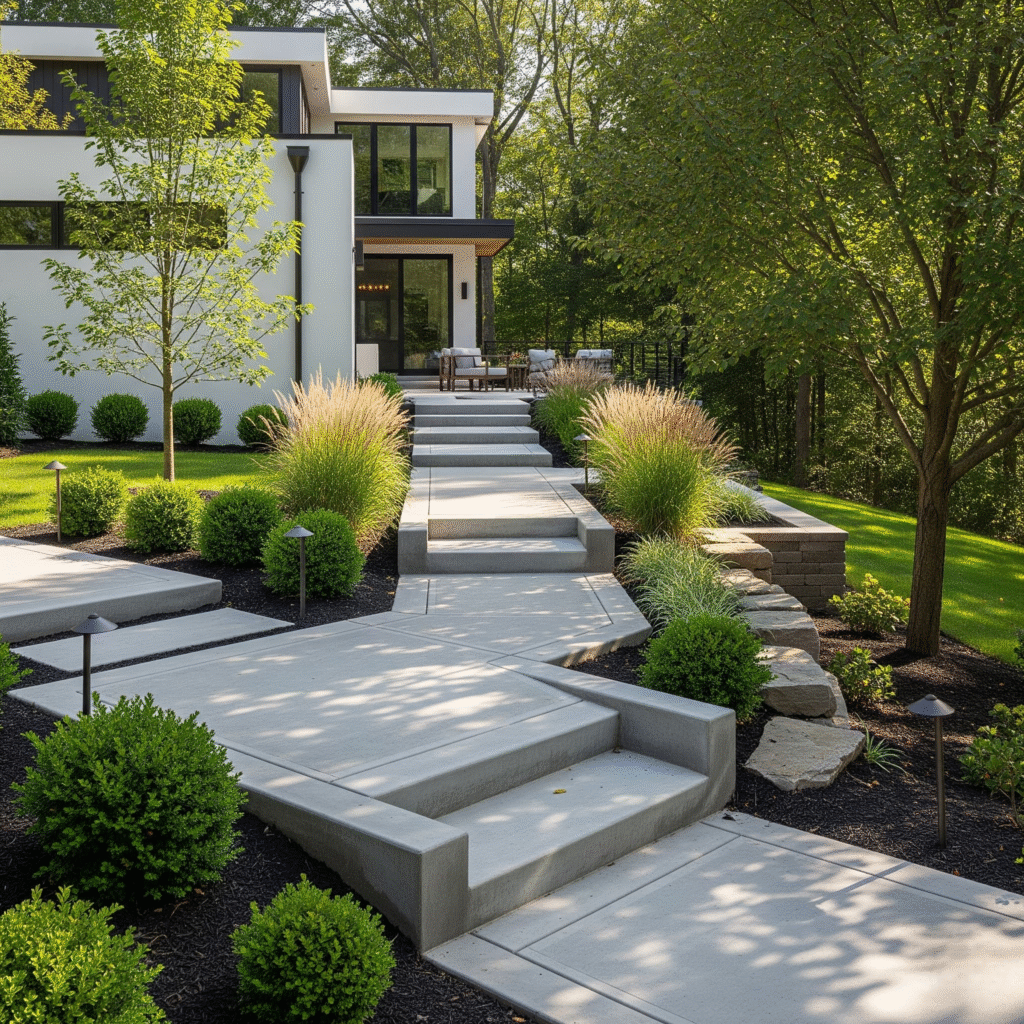
Understanding Concrete Flatwork for Sloped Terrain
Concrete flatwork refers to horizontal concrete surfaces like walkways, patios, and driveways that provide level walking areas. For sloping yards in Bridgeport, flatwork installations require careful grading and often incorporate retaining structures to create stable, usable spaces. The key advantage lies in creating continuous, barrier-free surfaces that accommodate wheelchairs, strollers, and elderly residents.
Professional installation involves excavating the higher areas and using the soil to build up lower sections, creating a consistent grade. This approach works particularly well for gentle slopes found in neighborhoods around Beardsley Park, where the terrain naturally allows for gradual transitions.
When Steps Become the Better Choice
Stepped pathways excel in situations where the slope exceeds safe walking parameters. Building codes typically require handrails when walkway slopes exceed 5%, making steps a practical alternative for steeper terrain common near the North End’s elevated areas.
Steps break up elevation changes into manageable increments, typically with 7-8 inch rises and 12-inch treads. This configuration provides better traction and reduces the risk of slipping during Connecticut’s winter months when ice and snow create hazardous conditions.
Cost Considerations and Material Requirements
Concrete flatwork generally requires more extensive site preparation, including potential retaining walls and drainage systems. The initial investment may be higher, but maintenance costs typically remain lower over time. Stepped installations often use less concrete overall but require more precise forming and finishing work.
Both options benefit from proper drainage design, particularly important in Bridgeport’s climate, where freeze-thaw cycles can damage improperly installed concrete surfaces.
Bridgeport Building Requirements and Permits
The City of Bridgeport requires building permits for retaining walls exceeding 3 feet in height. For sidewalk and driveway work, property owners must use licensed and bonded concrete contractors, with permits costing $150. All concrete work must meet Connecticut State Building Code specifications for sub-base preparation and proper drainage.
Projects near the East Main Street Historic District or other designated areas may require additional approvals to maintain neighborhood character. Contact the Building Department at 45 Lyon Terrace before beginning any major concrete installation.
Design Solutions for Common Bridgeport Terrain
Many properties in the Golden Hill area benefit from hybrid approaches combining both flatwork and steps. Landing areas between step sections create rest points and can incorporate decorative elements that complement the neighborhood’s architectural style.
For properties with moderate slopes, terraced flatwork sections connected by short step runs provide the best of both worlds. This approach works particularly well for yards that need to accommodate both pedestrian traffic and landscaping features.
Weather Resistance and Longevity
Bridgeport’s coastal location brings unique challenges, including salt air exposure and frequent temperature fluctuations. Concrete flatwork surfaces can incorporate non-slip textures and proper joint spacing to prevent cracking from freeze-thaw cycles.
Stepped installations benefit from slightly sloped treads to prevent water accumulation and ice formation. Both options should include proper vapor barriers and reinforcement to withstand local soil conditions and weather patterns.
Making the Right Choice for Your Property
The decision between flatwork walkways and steps depends on several factors: existing slope percentage, intended use, budget constraints, and local building requirements. Properties with slopes under 2% typically accommodate flatwork installations without extensive modification.
Steeper slopes may require stepped solutions or significant earthwork to create suitable flatwork areas. Consider consulting with local professionals who understand Bridgeport’s specific soil conditions and drainage requirements.
At Bridgeport Concrete Solutions, we help homeowners throughout the area navigate these decisions and create beautiful, functional concrete installations that enhance property value while meeting all local building requirements. Our team understands the unique challenges of working with Bridgeport’s varied terrain and can recommend the best approach for your specific situation.
LATEST POSTS

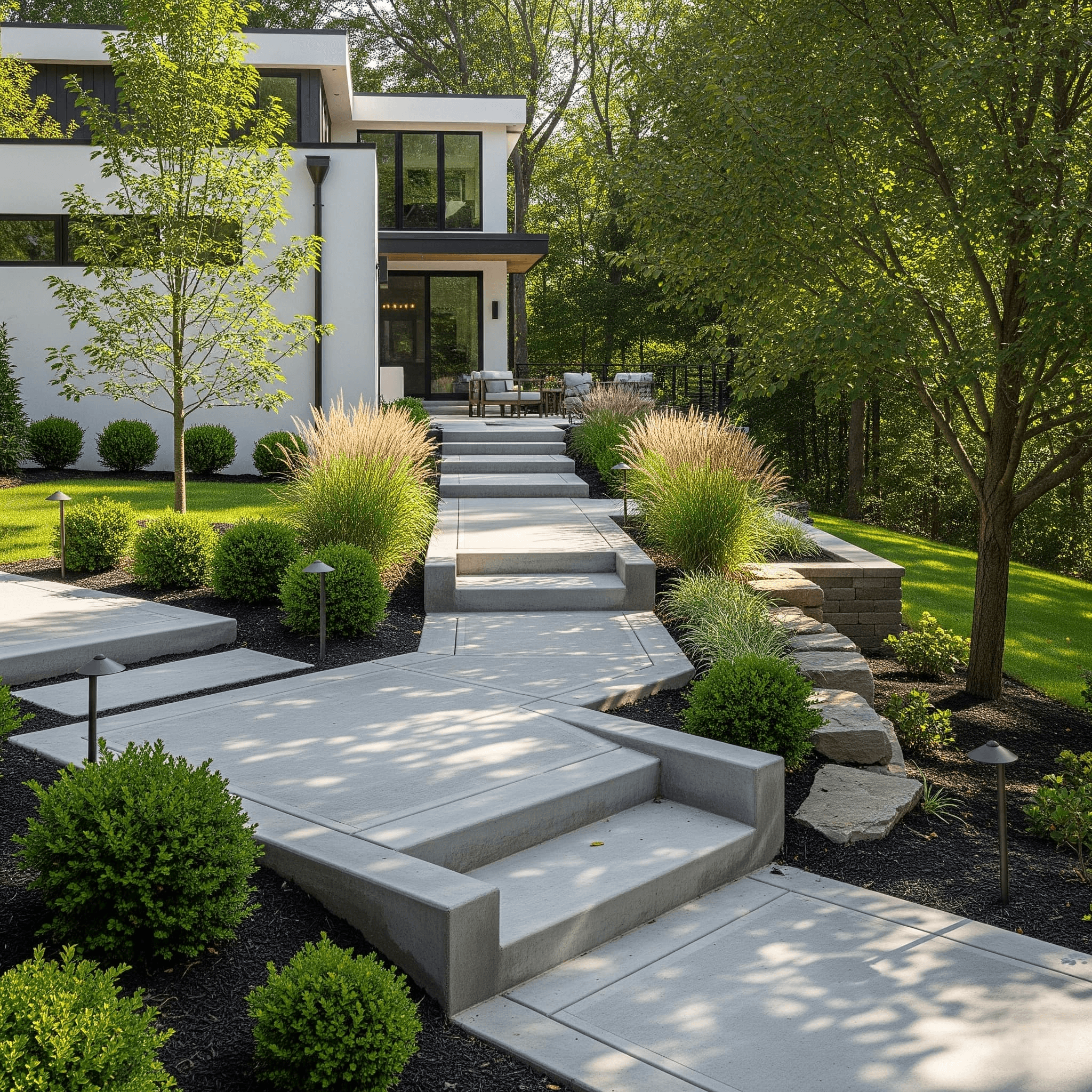
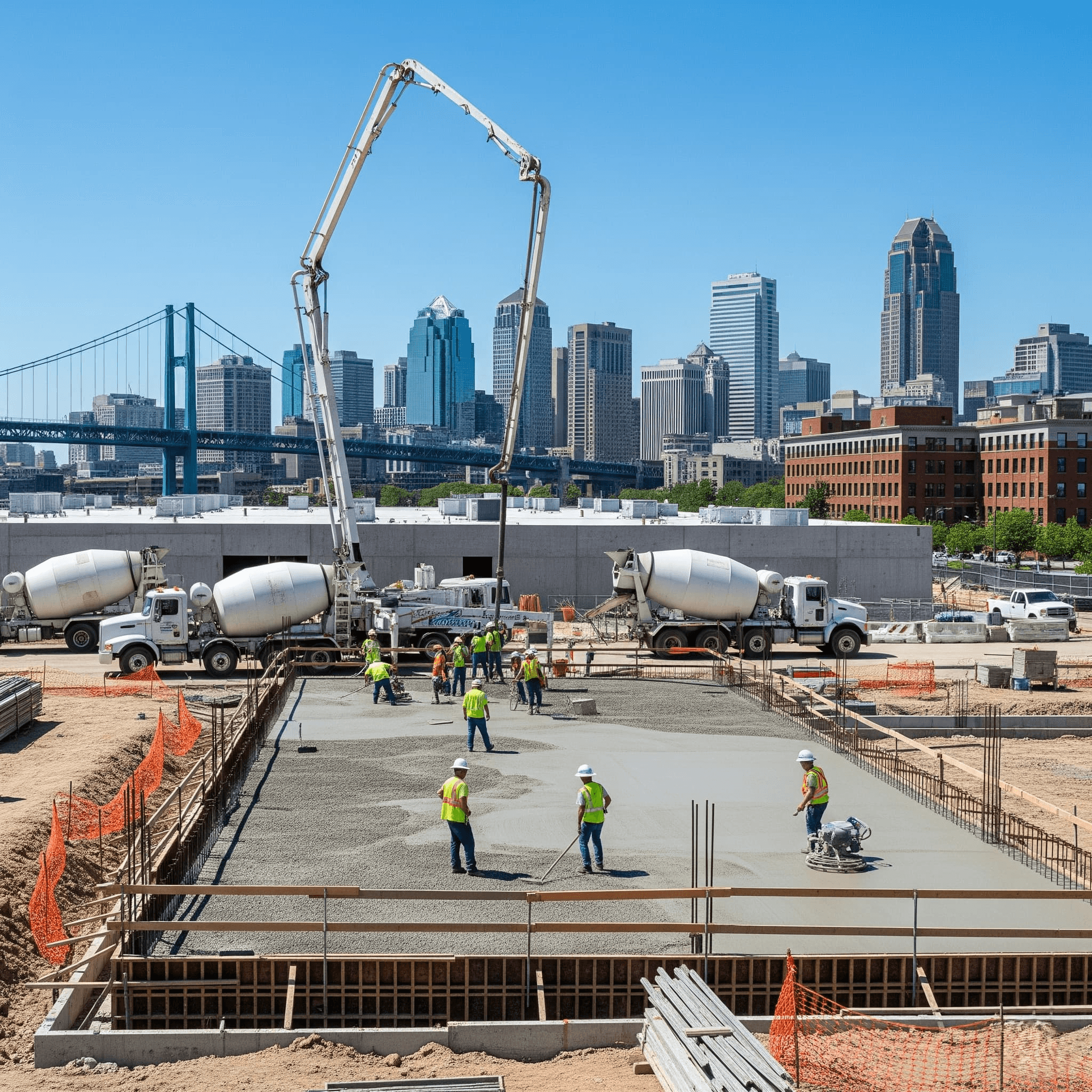
Eco-Friendly Commercial Concrete Materials Popular in Bridgeport
